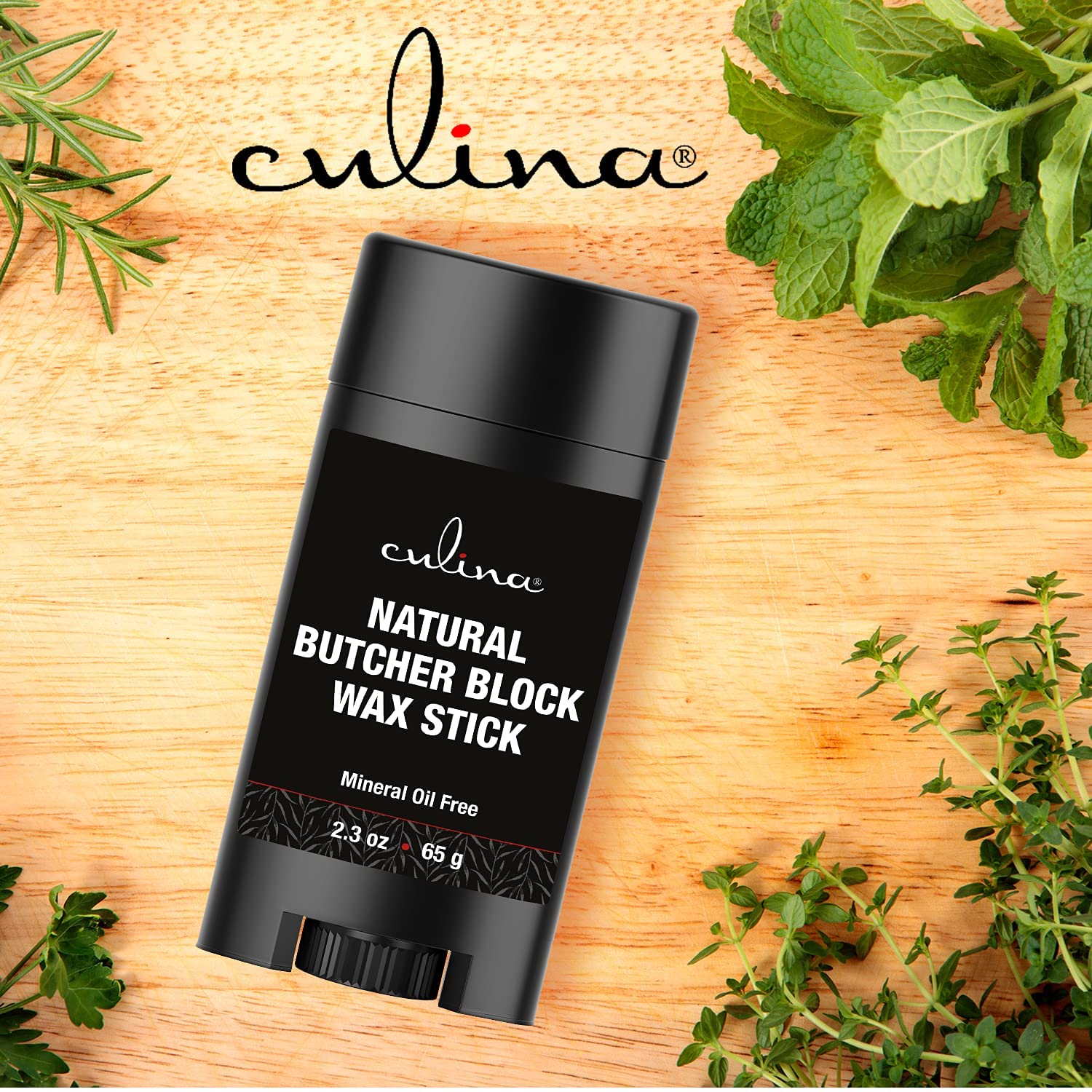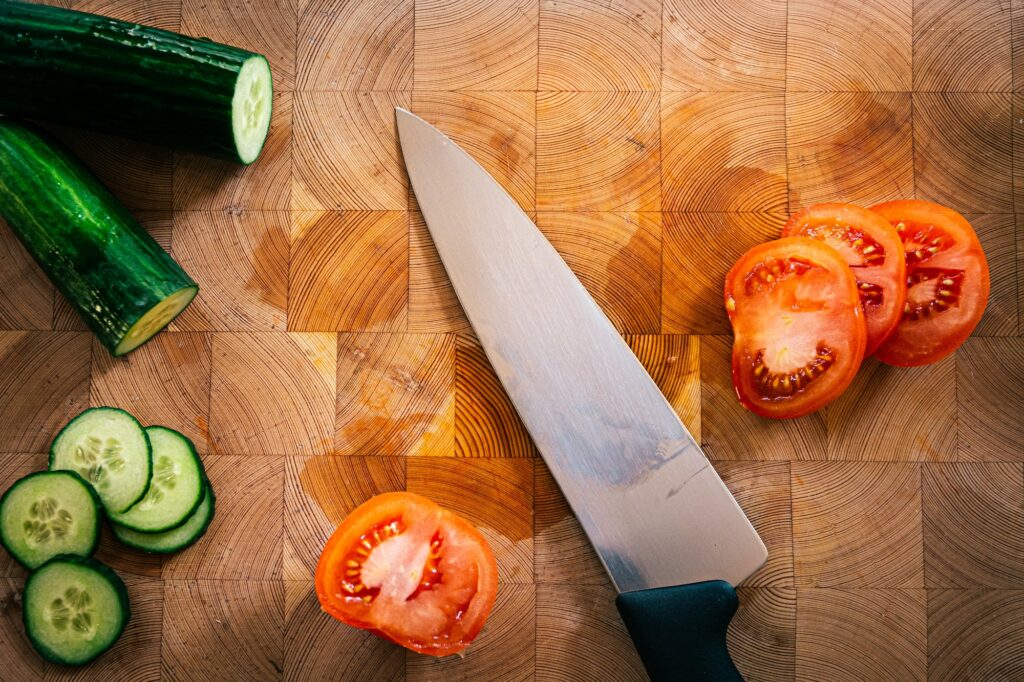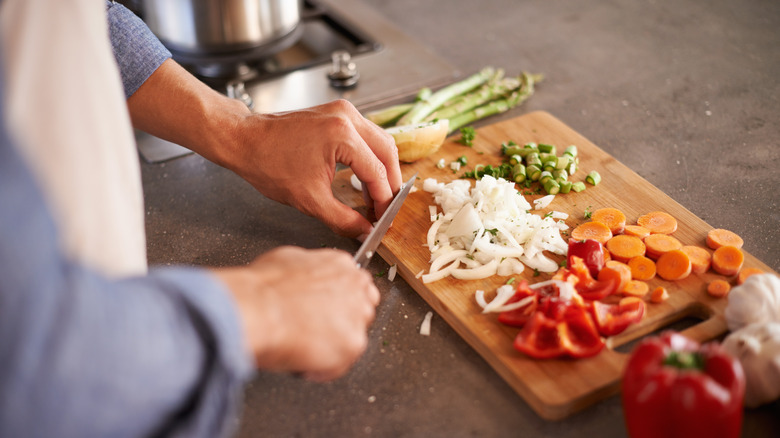Are you fascinated by the art of crafting and the allure of woodworking? If creating a visually stunning 3D cutting board intrigues you, you’re in for a treat. Cutting boards are essential kitchen tools, but a 3D cutting board adds a level of sophistication and artistic flair that can elevate any kitchen space. In this guide, we will delve into the meticulous process of making your very own 3D cutting board. This step-by-step tutorial is tailored to kitchen professionals, but it’s here to delight everyone from beginners to seasoned woodworkers.

What is a 3D Cutting Board?
A 3D cutting board is a functional kitchen tool that stands out because of its optical illusion design. The pattern on the board gives the impression of depth, making it look three-dimensional. The intricacy of the design not only sets it apart visually but also showcases the skills of its creator.

Materials Needed
Types of Wood
To create a stunning 3D cutting board, you will need three types of wood with contrasting colors. Hardwoods such as Maple, Walnut, and Cherry are perfect choices because they provide a beautiful contrast and are durable enough to withstand regular use. For more details, refer to this produce-dedicated cutting board link.
Tools
Before diving into the steps, gather the following basic tools:
- Table saw
- Planer
- Chisels
- Clamps
- Wood glue
- Sandpaper
- Mineral oil or cutting board oil

Preparation Steps
Selecting and Preparing the Wood
The first step involves selecting high-quality pieces of wood. Ensure that the wood is free from defects and is adequately dried. Cut the wood into strips of equal width. For further reading, check out this guide on Chicken Shish Kabobs.
Creating the Pattern
Arrange the strips in a manner that forms the desired 3D effect. This usually involves alternating the colors and positioning the strips at specific angles. The goal is to create a repeating pattern that gives the illusion of depth and dimension.
Step-by-Step Assembly
Gluing the Strips
Apply wood glue generously to each strip and clamp them together tightly. Ensure that the alignment is precise to avoid any irregularities in the final design. Allow the glue to dry completely, which could take several hours.
Planing and Sanding
Once the glue is dry, use a planer to smooth out the surface. This step is crucial for ensuring that the board remains flat and even. After planing, sand the surface with fine-grit sandpaper to achieve a smooth finish.
Finishing Touches
Applying Oil
To protect your 3D cutting board and bring out the beauty of the wood, apply a coat of mineral oil or cutting board oil. This enhances the wood grain and provides a protective barrier against moisture.
Final Inspection
Examine the cutting board for any imperfections. Make any necessary adjustments or additional sanding to ensure that your cutting board looks flawless.
Maintaining Your 3D Cutting Board
Regular Cleaning
To maintain the beauty of your cutting board, clean it regularly with warm soapy water. Avoid submerging it in water or putting it in the dishwasher as this can damage the wood. For more cleaning tips, visit this external source on cleaning wooden cutting boards.
Periodic Oiling
Periodically reapply mineral oil to keep the wood nourished and prevent it from drying out. This simple step will extend the life of your cutting board significantly.
Common Mistakes to Avoid
Making a 3D cutting board is an art, but even seasoned woodworkers can make mistakes. Avoid common errors like:
- Using softwood which could easily get damaged
- Skipping the sanding process
- Not allowing enough drying time for the glue
Customization Ideas
Add a personal touch to your 3D cutting board by engraving initials or adding unique patterns. This customization can make it a perfect gift for special occasions.
Inspirational Designs
Browse through woodworking forums and platforms like Pinterest for inspirational 3D cutting board designs. Seeing what others have created can stimulate your creativity and help you perfect your craft.
Benefits of a 3D Cutting Board
A 3D cutting board is not just a stylish addition to your kitchen but also a testament to your woodworking skills. It can be a great conversation starter and a practical kitchen tool that lasts for years.
Conclusion
Creating a 3D cutting board is a rewarding experience that combines functionality with artistry. With the right materials, tools, and techniques, you can craft a cutting board that is both visually stunning and highly functional. Happy crafting, and may your kitchen be always filled with joy and creativity!
FAQ
How long does it take to make a 3D cutting board?
The process can take a few days, considering the drying time for the glue and the steps involved in planing and sanding.
Can I use other types of wood?
Yes, but ensure they are hardwoods and contrast well in color to achieve the 3D effect.
How do I maintain my 3D cutting board?
Regular cleaning and periodic oiling will keep your cutting board in excellent condition.
As an Amazon Associate, I earn from qualifying purchases.


